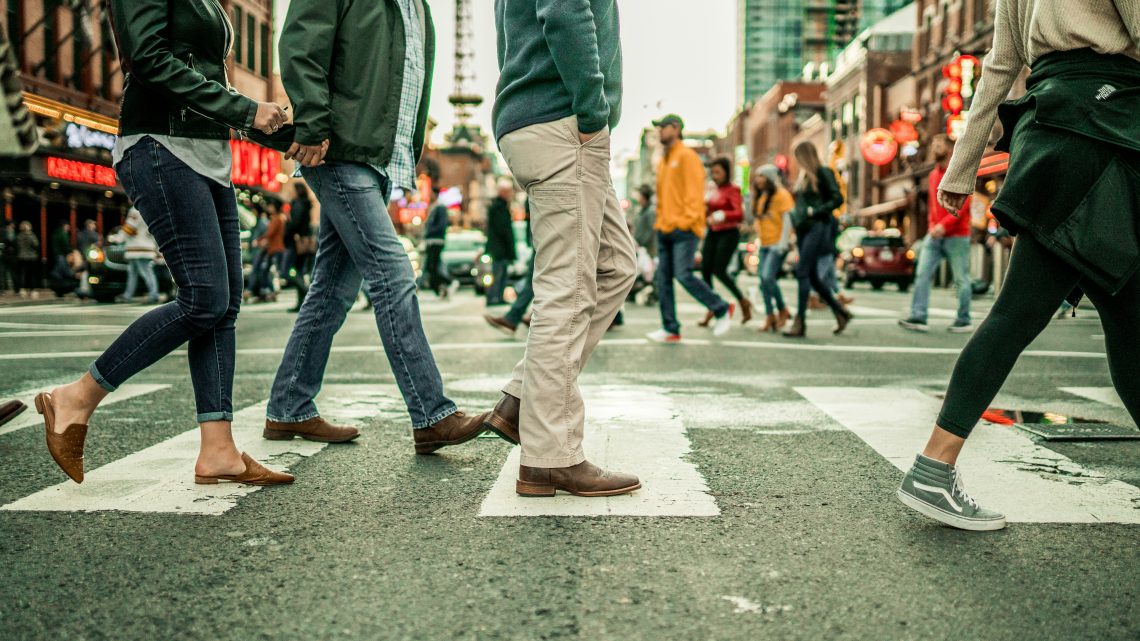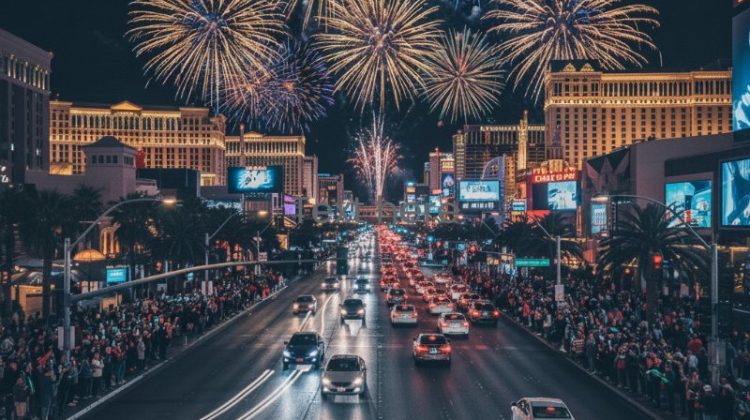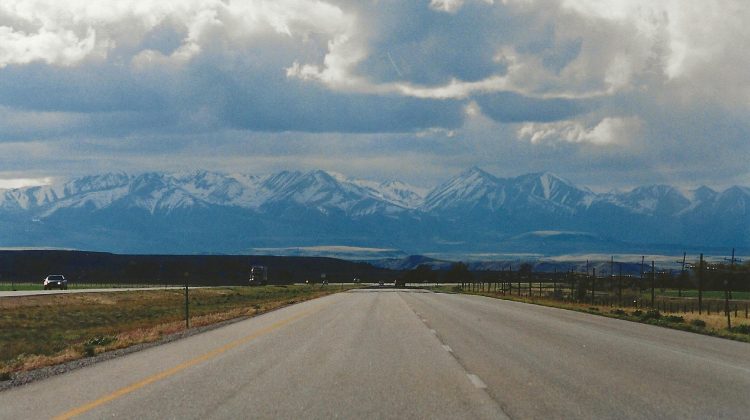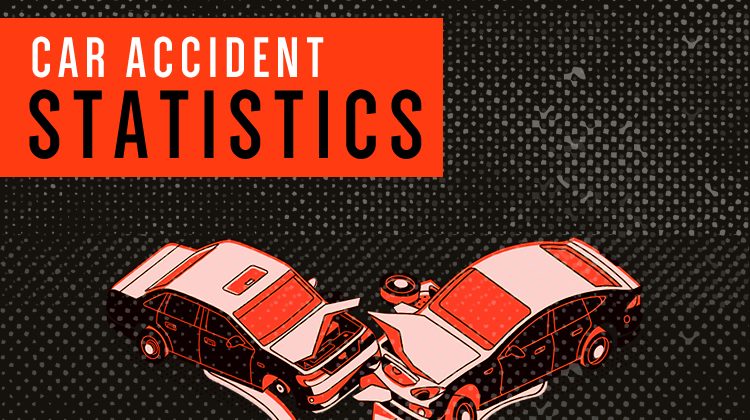Every day, millions of people drive, walk, or ride bikes to school, work, or the store. We depend on our roads to get us where we need to go safely. But sadly, many roads across the country are not as safe as they should be. Poor design, high speeds, and lack of safe walking paths or lighting can turn a normal day into a tragedy. Creating better infrastructure can improve road safety and save lives of many people.
The Reality of Road Dangers
A recent study by Anderson Blanda & Saltzman shows how dangerous poor infrastructure and road design can be for children and how serious this problem is. Between 2019 and 2023, nearly 11,000 children in the United States were killed in motor vehicle collisions, which is about six children every single day. The study found that teenagers made up the largest share of these deaths at 61%, but younger children were also at high risk.
Even more alarming, about every one in six of these deaths involved children who were not inside a vehicle. These children were walking, biking, or just playing near roads. Furthermore, the study also revealed that some states, especially rural ones like Montana, had high child fatality rates at 7.48 deaths per 100,000 children, which is double the national average.
These numbers show that road safety isn’t just about careful driving, it’s also about how roads are built, how traffic is managed, and how well we protect people outside of cars.
How Infrastructure Affects Safety
When we talk about “infrastructure,” we mean all the parts that make up our transportation system. This includes roads, sidewalks, crosswalks, lighting, and signs. Good infrastructure keeps people safe and prevents accidents. Bad infrastructure does the opposite.
Here are a few examples of how design can make a big difference:
-
Safe crosswalks with clear markings and signals help pedestrians cross streets safely.
-
Bike lanes give cyclists space away from cars.
-
Street lighting improves visibility at night.
-
Traffic calming tools like speed bumps or roundabouts can slow cars down in neighborhoods.
-
Sidewalks and school-zone signs protect children walking to school.
When these safety features are missing or not maintained, it increases the chance of accidents. That’s why investing in better infrastructure can save lives, especially in areas where children play, walk, or bike.
Why Doing Nothing Costs Us All
When unsafe roads cause injuries or deaths, they can also have emotional and financial costs to everyone involved. Families lose loved ones, survivors face long recovery periods, and communities carry the burden of medical bills, emergency services and lost productivity.
There’s also a cost to our quality of life. When roads feel unsafe, parents may not let children walk or bike to school. People may avoid outdoor activities, which affects health and community connection. Safer roads make our neighborhoods more active, social, and vibrant.
Ways We Can Make Roads Safer
Creating safer roads takes teamwork from citizens, city planners, and lawmakers. Here are a few main areas where advocacy can make a big impact:
Protecting Pedestrians and Cyclists
Since so many child deaths involve kids walking or biking, we need to focus on safer crossings, sidewalks, and bike lanes. Installing lights at intersections, improving visibility with clear signs, and lowering speed limits near schools are simple but powerful changes.
Designing Safer Roads for Drivers
Better road layouts reduce the chance of serious crashes. Things like divided highways, protected turn lanes, and proper guardrails save lives. In rural areas, wider shoulders and barriers can make a big difference, especially since the study shows many high-risk states are rural.
Speed Control and Enforcement
Speed is one of the biggest factors in deadly crashes. Lower speed limits in residential areas and around schools protect everyone. Police enforcement and camera systems can help, but community awareness is just as important. According to the study, many children who died in crashes were not wearing seatbelts, so education about restraints and safety habits is critical.
Fairness and Access for All Communities
Not all neighborhoods have the same quality of infrastructure. Low-income areas often have fewer sidewalks, bike lanes, and safe crossings. Rural towns may have outdated or poorly maintained roads. Every community deserves safe infrastructure no matter where they are or how much money they have.
5. Community and Policy Action
Citizens can speak up at local meetings, report unsafe spots, or join advocacy groups. Cities can apply for grants or adopt programs like “Complete Streets” or “Vision Zero,” which aim to reduce traffic deaths to zero. The key is cooperation between communities, schools, and local government.
How Laws Help Keep Us Safe on the Road
Laws are an important part of road safety. Rules about speed limits, seatbelts, and child car seats help protect people in every community. When these laws are clear and enforced, fewer crashes and serious injuries happen.
Legal action can also lead to positive change. When accidents are caused by poor road conditions or unsafe designs, holding the right parties accountable encourages cities and states to make improvements. Over time, these efforts push for safer standards and stronger responsibility from those who build and maintain our roads.
Law can guide how our roads are used and remind everyone that safety is a shared responsibility.
What You Can Do For Safer Roads
You don’t have to be a traffic engineer to make a difference. Here are some simple ways to advocate for safer roads in your community:
For everyday citizens:
-
Walk or bike your neighborhood and note areas that feel unsafe.
-
Report broken lights, missing signs, or damaged sidewalks.
-
Drive slower in residential areas and near schools.
-
Set a good example by always buckling up and using car seats correctly.
For parents and schools:
-
Organize or join a “Safe Routes to School” program.
-
Work with local officials to add crosswalks or speed bumps near schools.
-
Share safety data from studies like the one by Anderson Blanda & Saltzman to raise awareness.
For community leaders:
-
Support city or county grants for infrastructure upgrades.
-
Push for policies that make roads safer for everyone — not just drivers.
-
Measure progress and share success stories to keep momentum going.
Every crash, injury, and life lost on our roads is one too many. By working together, we can build communities where every child and adult can travel safely. With safer roads and stronger advocacy, we can prevent these tragedies and create a future where safety is not a privilege.





No Comment